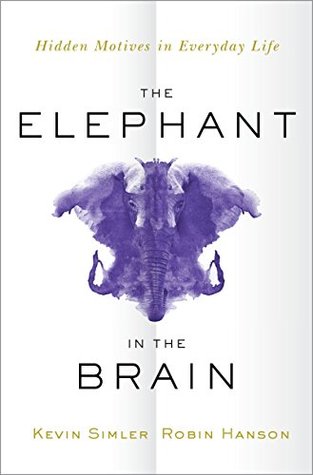This can mean marching together, singing or chanting in unison, clapping hands to a beat, or even just wearing the same clothes. In the early decades of the 20th century, IBM used corporate songs to instill a sense of unity among their workers.49 Some companies in Japan still use these practices today. In 2009, Stanford psychologists Scott Wiltermuth and Chip Heath demonstrated this synchrony–solidarity effect experimentally. They first asked groups of students to perform synchronized movements (such as marching around campus together), then had them play “public goods” games to measure the
...more
This highlight has been truncated due to consecutive passage length restrictions.


